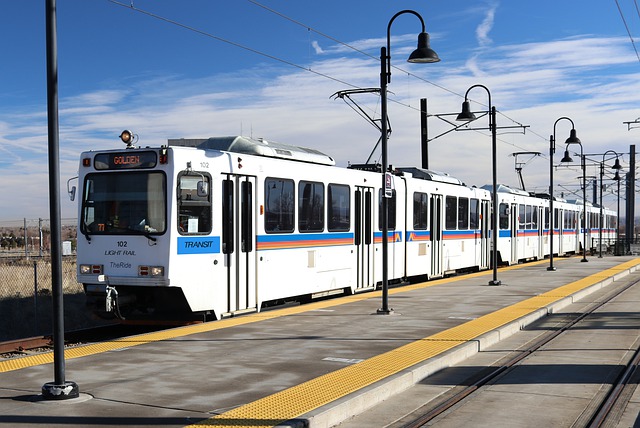
Neil Goradia
By Neil Goradia
It has long been a common perception that access to light rail in any market will improve the value of a house, particularly in the eyes of an investor.
As an investor myself, I am always looking for a way to bump up my returns, so I decided to take the time and dig a little deeper. I wanted to know if access to light rail really did make a difference, first, in any market, and then more specifically in Denver.
Property Value and Returns 101
Rule Number 1: The money is made when you buy! It is pretty common knowledge that when buying a house, home, or investment the money is made when you buy.
Rule Number 2: Location, location, location, right?
Now put them together and the question I am regularly asked is: “Should I pay more for a house that is located near a light-rail train station?”
The thought is that light rail access is a valuable amenity that all savvy home buyers should want, right?
The Results Are In And Light Rail Does This to Property Values…

Image by Loren Biser from Pixabay
To answer this question, my fellow associates and I performed a review of studies that we could access online. We then took these results and applied them more specifically, and you can see more discussion about the light rail and the real estate market in Denver here.
For those of you who are super busy professionals (aren’t we all), here is the summary:
According to the studies we reviewed, light rail can increase the value of properties. However, sometimes it makes no difference.
In cities with congestion issues such as San Francisco and New York, homes that were within a quarter-mile of a train station had significantly higher value as measured by sold listing prices.
In other cities where congestion was less of an issue, like Sacramento or San Jose, there was no measurable change to the value of a house when it had great access to a commuter train.
The expert analysis makes a clear conclusion that until commute times are increased, people will continue to drive. At some point, when people perceive the train to be a more convenient option, more people will see value in living near a station, and house prices will rise accordingly.
Supply and Demand
This brings me to Denver, Colorado.
Currently, houses that are within four city blocks of a light rail stop are the same price as houses that are further away. Therefore residents of Denver do not perceive access to light rail as worth anything.
HOWEVER…
Colorado is expected to increase its population by 30% over the next 20 years, with the lion’s share of the people moving onto the front range (think Denver, Colorado Springs, and Fort Collins).
With this increased population will come increased traffic, increased drive times, and, quite likely, Denver’s light rail will go the way of many others before it and become increasingly popular.
Location, Location, Light Rail Location!
Final thought: It may be a long play, but I believe that access to light rail is something to consider when buying a home or investment property in markets like Denver.
I want to thank Shaun, an investor in Denver, associate, and friend of mine, who put together all the numbers for our analysis of the Denver properties. Cheers, bud!
Neil Goradia is the founder of Go Indy Real Estate in Indianapolis. In addition to being an agent, he has a background in fix and flips, land development, and private lending. Connect with him on Facebook.
Comments 4
Pingback: Does Light Rail Access Increase Property Values? - South Carolina REALTORS
That is correct I agree with the 30% over the next 20 years, is enough to people moving to Denver and Colorado springs. The people will have the benefits for this new project.
Excellent topic
Pingback: Empire Appraisal Group - Highest Reviewed Appraiser in Broward